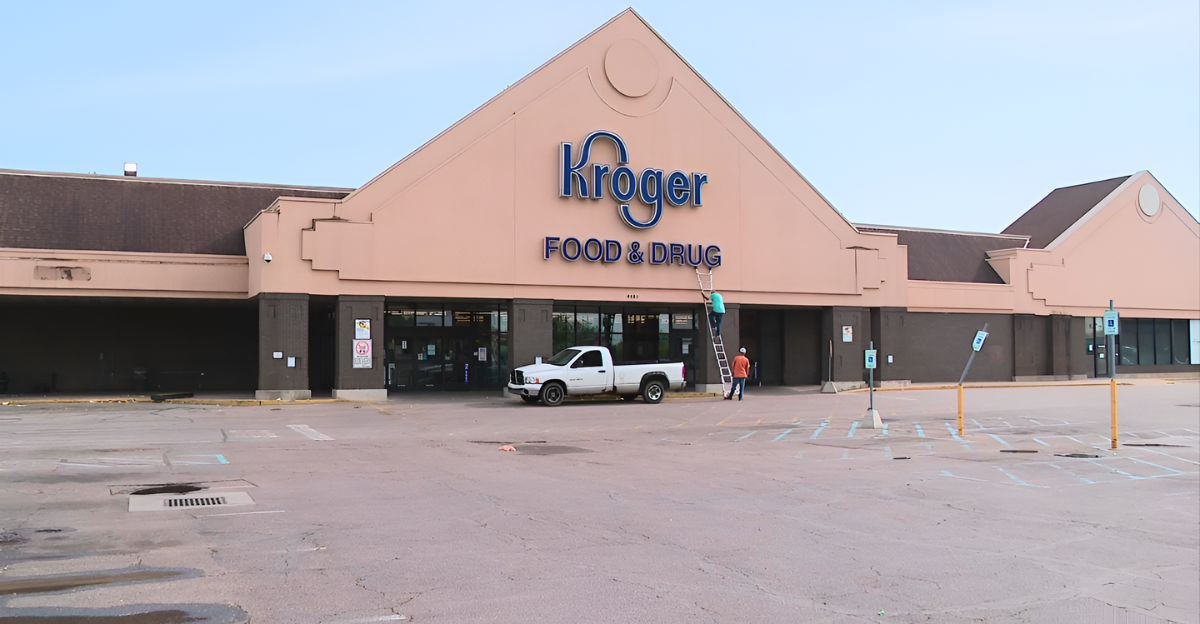
When one of America’s most recognizable grocery chains shuts down dozens of stores, communities feel the sting. Kroger is closing 60 locations across the country, marking a major shift in strategy. The closures account for roughly 5% of the chain’s footprint, and Texas was among the first to be hit. From lost jobs to shaken neighborhoods, the fallout is real. What triggered this sweeping move, and what does it mean for the future of American grocery shopping?
Why Are Kroger Shoppers Finding Locked Doors?
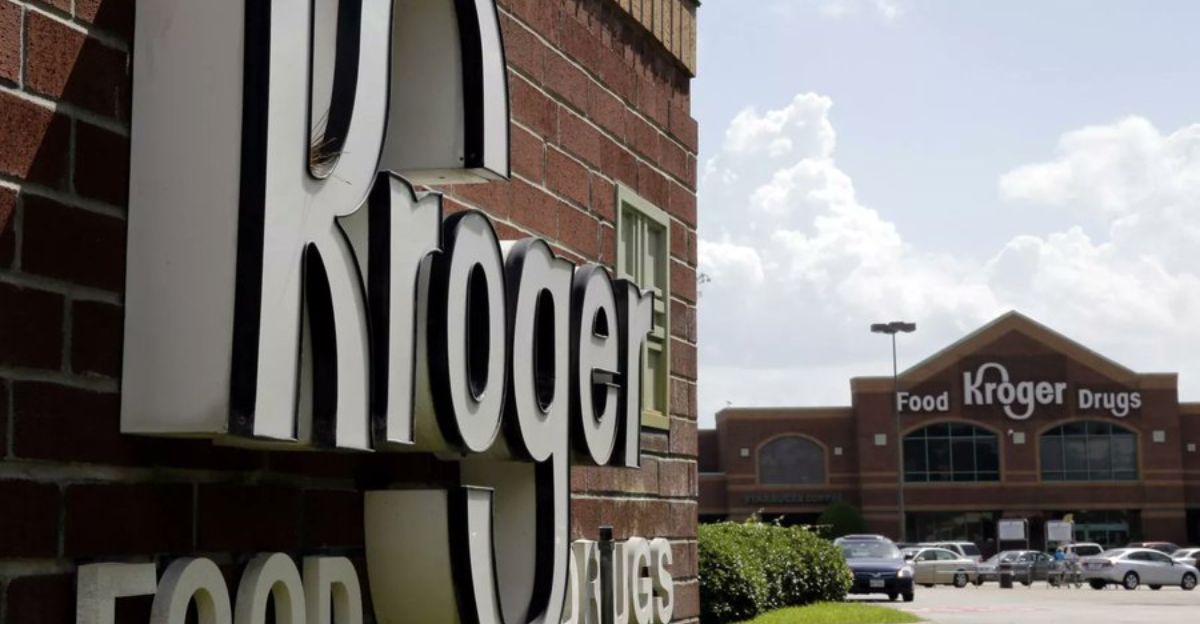
Kroger shoppers in McKinney, Texas, were met with shuttered doors and empty shelves, just one of 60 store closures taking place across the country. It’s part of a sweeping restructuring effort from the grocery giant. While the company hasn’t disclosed a full list, this confirmed Texas closure is raising eyebrows. Why would Kroger exit a high-growth state like Texas? The answer lies in larger forces reshaping American retail.
What the Headlines Didn’t Tell You About The Woodlands
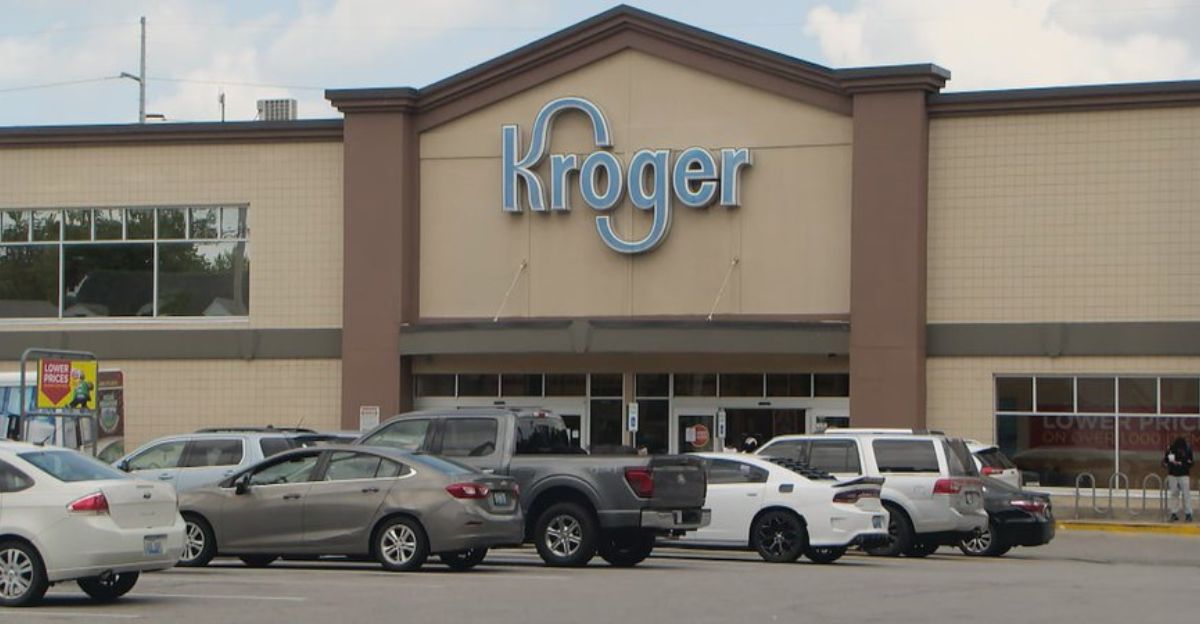
On May 6, 2025, Kroger closed its store in The Woodlands after 25 years. It didn’t make front-page news, but the timing wasn’t a coincidence. With nearby locations still open, customers had options. That’s exactly what Kroger wanted: a clean exit with minimal fuss. These closures weren’t about failing stores, they were about trimming the map where resistance would be weakest. And The Woodlands fit the plan perfectly.
How the Failed $24.6B Merger Changed Everything
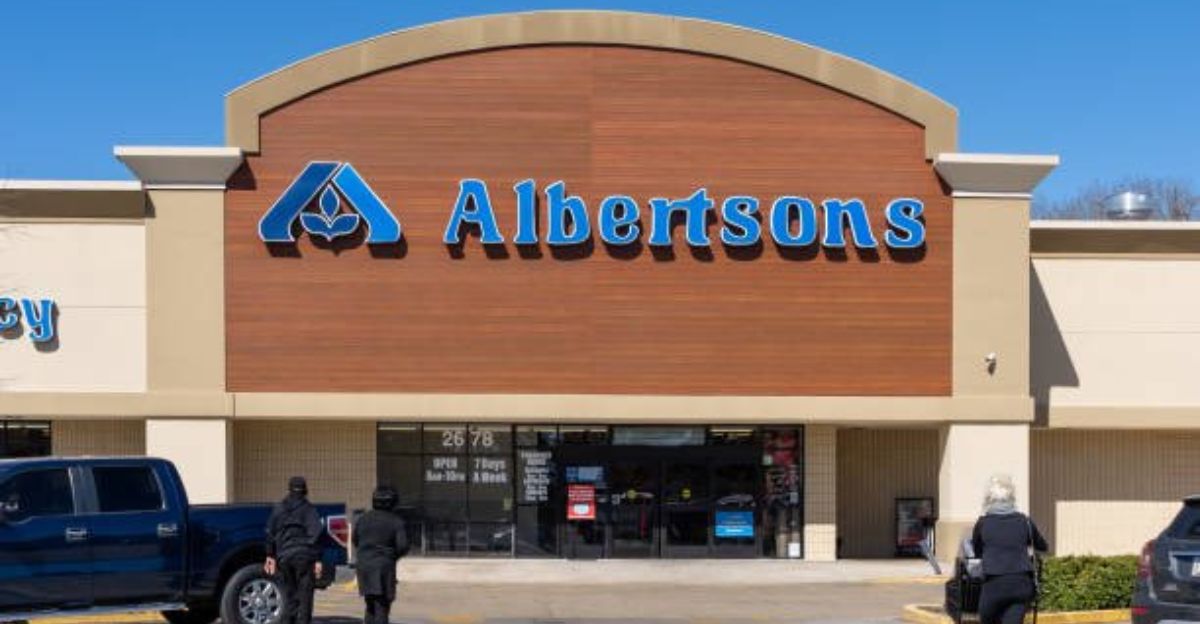
When a federal judge blocked Kroger’s $24.6 billion merger with Albertsons in December 2024, the fallout was massive. The company lost over $1 billion chasing a deal regulators called anticompetitive. In 2024 alone, Kroger spent $684 million on merger efforts, plus $316 million in 2023. With the deal dead, store closures became the quickest way to fix the books, and Kroger promised only a “modest financial benefit” for the pain ahead.
A New CEO, a New Crisis to Manage
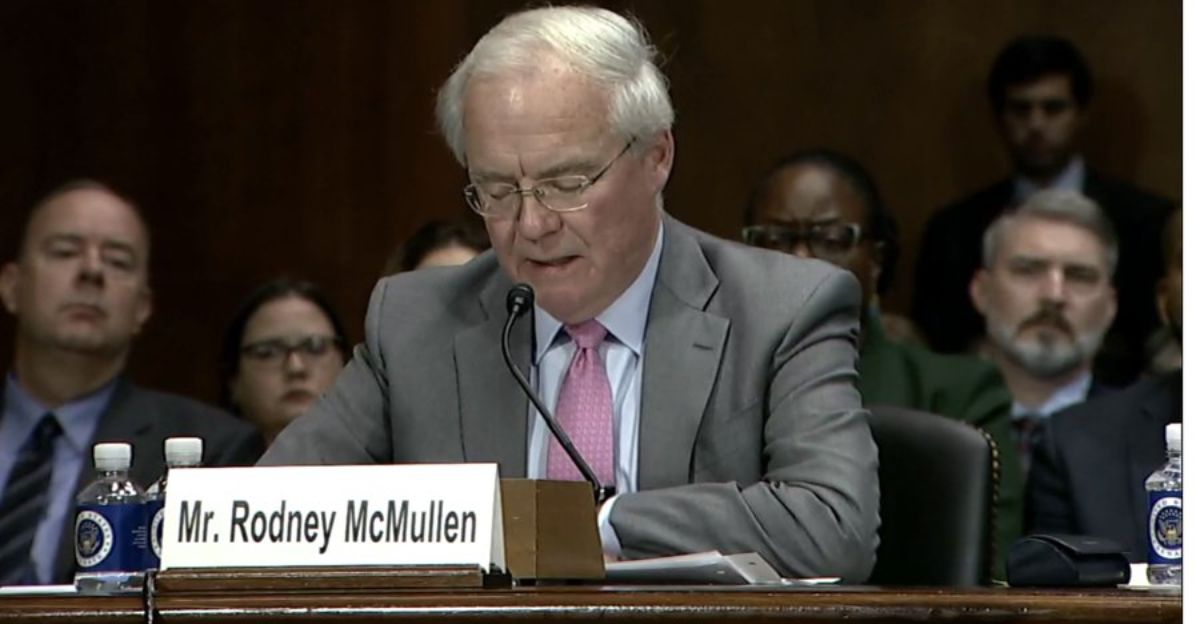
After CEO Rodney McMullen resigned in March 2025 over “personal conduct” issues, Harvard grad Ronald Sargent, 70, stepped in as interim chief. His job? Clean up the mess. Shareholders were pressuring the company to show results fast. Store closures weren’t just part of a business strategy, they were a way to stop the financial bleeding left by the failed merger. For Kroger, this was less about vision and more about damage control.
What’s Behind Kroger’s Shrinking Revenue?
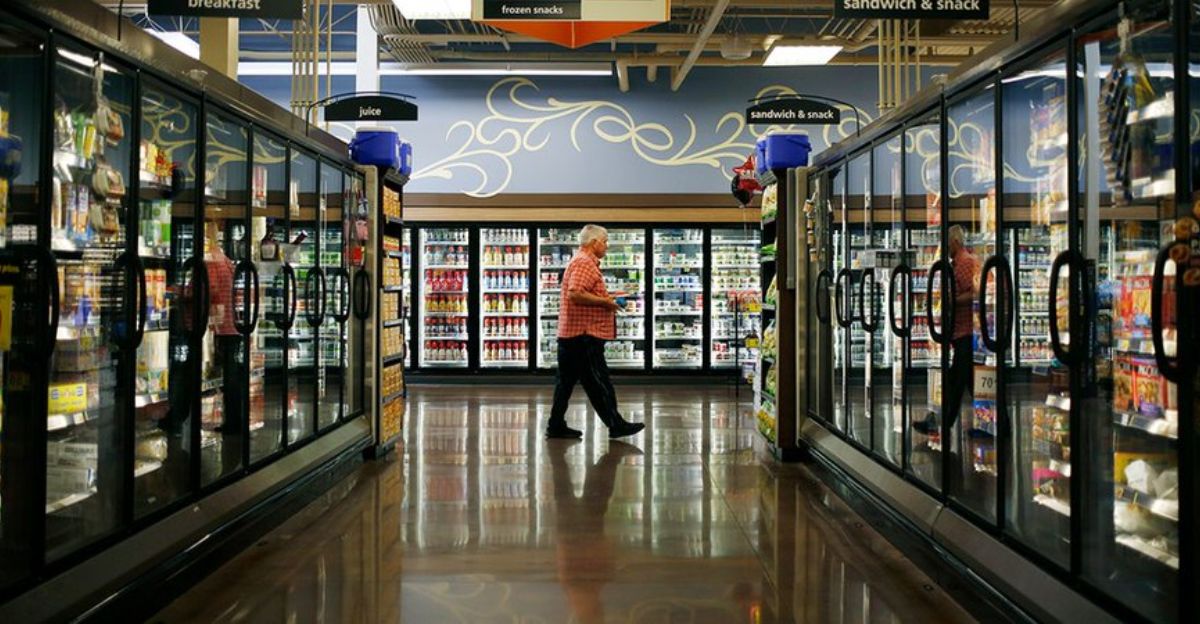
The grocery chain reported a first-quarter drop in revenue, down to $45.1 billion from $45.3 billion the year before. Inflation, tighter consumer budgets, and fierce competition from discount and online retailers have all taken a toll. Kroger’s retreat signals a broader trend: even retail giants are struggling to keep up with today’s fast-changing market pressures.
Why Would Kroger Exit a Booming State Like Texas?
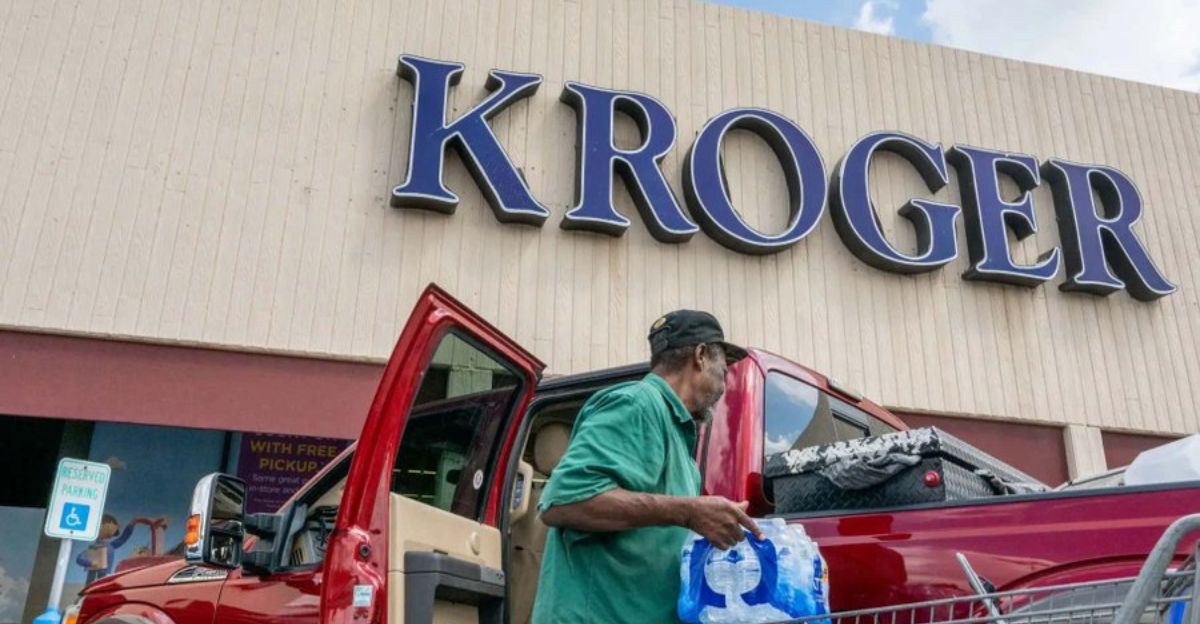
Texas isn’t typically the state you’d expect a retailer to leave. With its booming population and economic power, Texas has become a bellwether for national retail trends. That Kroger is closing stores there suggests something deeper. This isn’t just about underperforming locations, it’s about changing how companies define value. Even high-growth markets aren’t immune when strategies shift to prioritize efficiency over presence.
Are Old Retail Rules Being Rewritten?
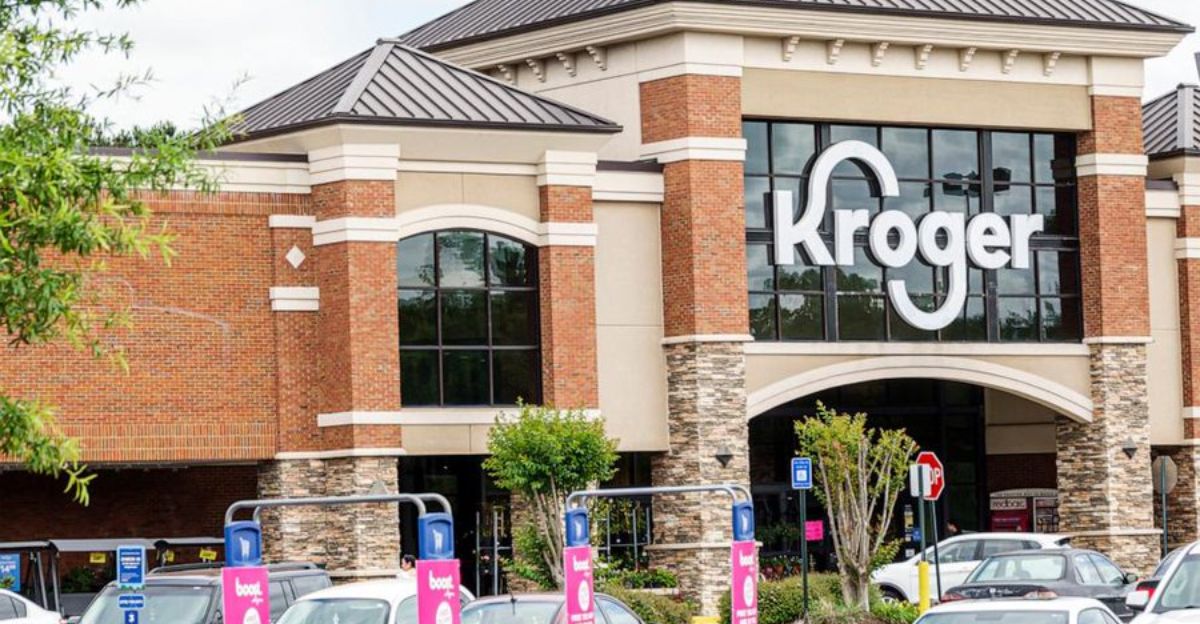
Retail experts see Texas as a warning sign. If Kroger is willing to leave behind promising locations, it signals a fundamental rewrite of the rulebook. Traditional indicators like local growth or real estate value may no longer guarantee a store’s survival. Instead, retailers are focusing on digital alignment, operational costs, and future-proof models, leaving even successful neighborhoods at risk of losing core services.
What Happens to Workers After a Closure?
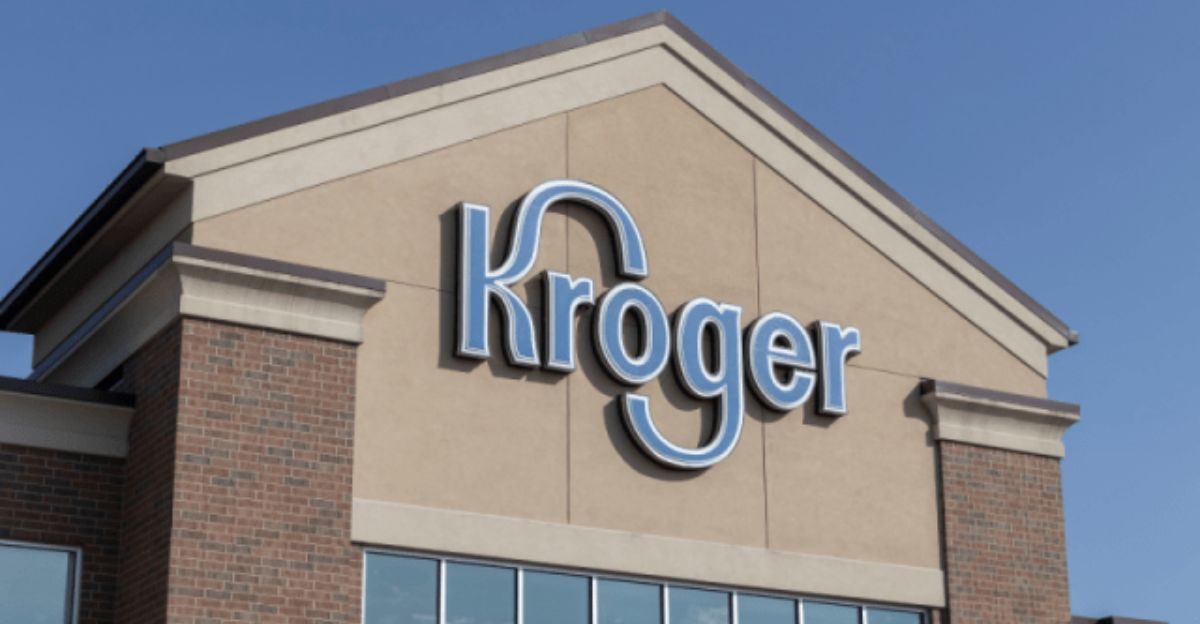
Kroger says it will offer transfers to employees affected by closures, but the reality is more complicated. Relocating is a major burden, especially for workers with families, limited transportation, or deep community roots. For many, it’s not just a job lost but a routine and sense of purpose. Stores that once anchored neighborhoods now leave behind economic holes and emotional dislocation.
What About the Shoppers Left Behind?
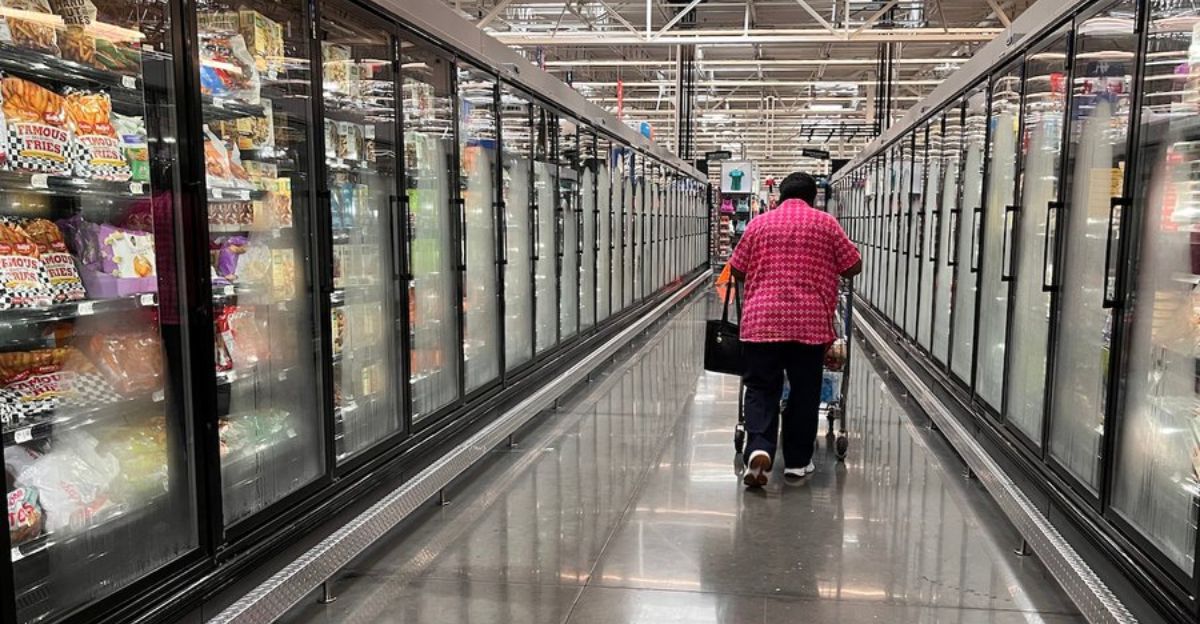
It’s not just employees who feel the loss, shoppers do too. Especially for older adults or residents without easy access to transportation, the local Kroger was a lifeline. With closures, communities face longer commutes for groceries and fewer options for fresh food. In some areas, this can even push neighborhoods into food desert territory, creating new challenges for health and equity.
Is This All About Cutting Losses?
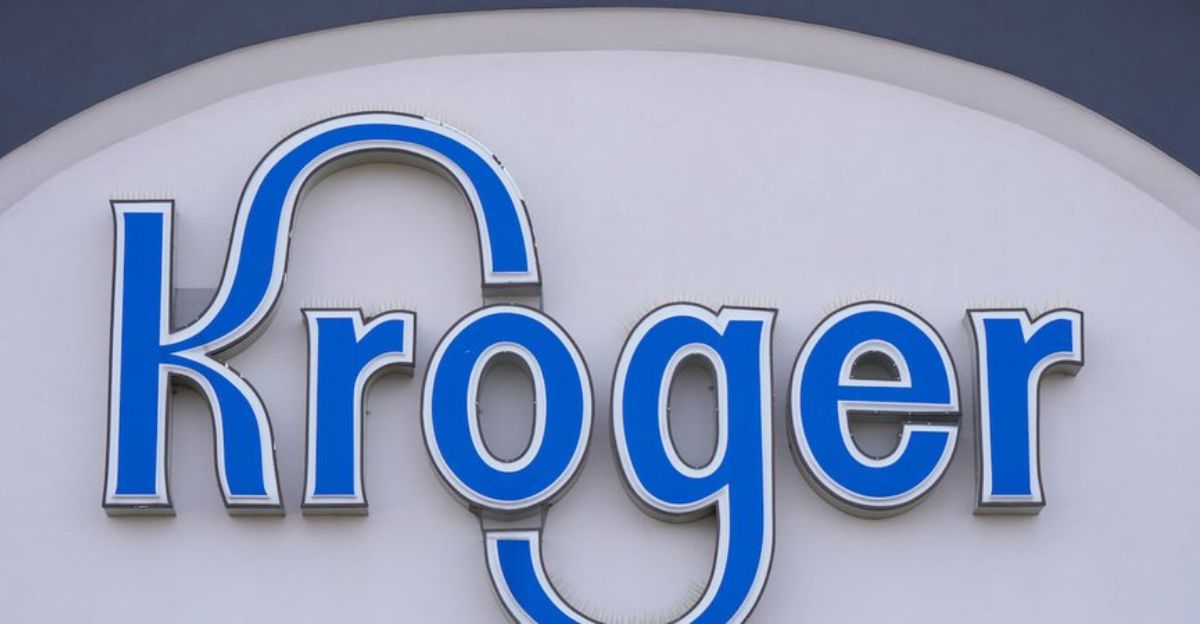
Kroger expects a “modest financial benefit” from these closures, though that comes with a $100 million impairment charge. The company is betting that shutting underperforming stores will free up capital to reinvest in higher-growth opportunities. But it’s a gamble. One wrong move could erode trust and allow competitors to swoop in. The stakes are high in an industry where customer loyalty is fragile and margins are razor-thin.
Is Online Grocery Taking Over?

Kroger’s plan hinges on a strategic pivot toward e-commerce. Online grocery sales jumped 15% in the latest quarter, and the company is investing in a centralized digital division to lead the charge. The shift reflects a new reality: convenience now means curbside pickup or doorstep delivery. While physical stores remain important, the emphasis is clearly moving toward a future built on apps, automation, and logistics.
Why Texas Was the Ideal Place to Test Closures
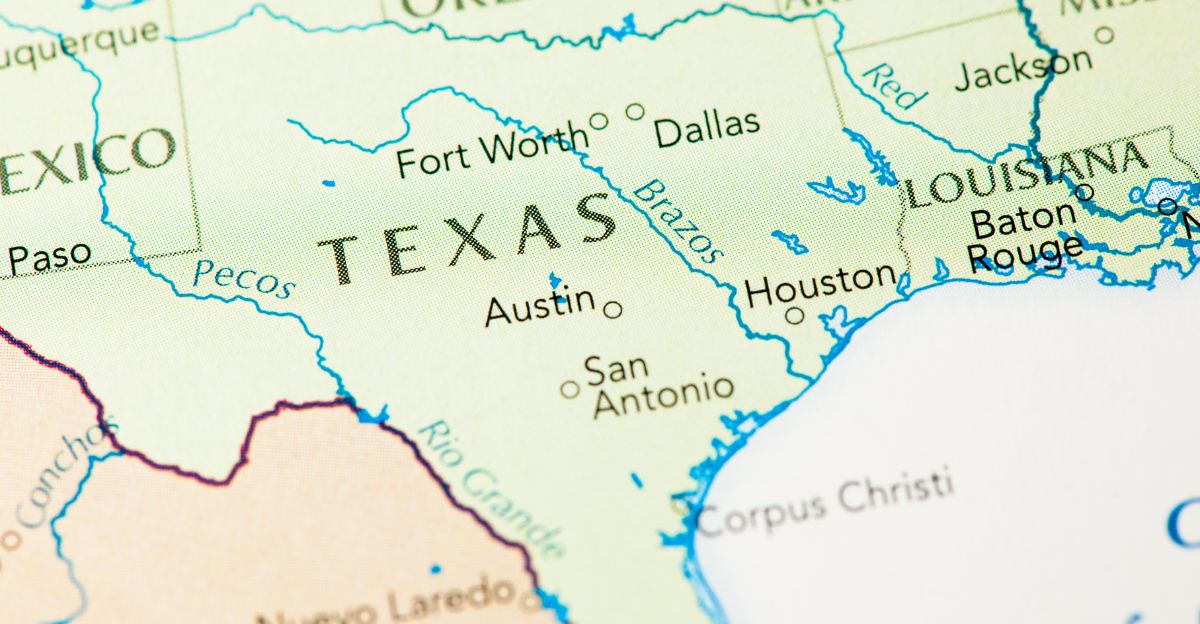
Texas gave Kroger exactly what it needed: competition. When stores closed in places like Dickinson or The Woodlands, residents had other options; H-E-B, Walmart, or nearby Kroger stores. This let Kroger quietly walk away without sparking outrage. The state’s business-friendly laws also helped. With fewer legal hurdles and a culture that accepts market forces, Texas let Kroger test its strategy with minimal backlash and maximum flexibility.
Were Texas Stores Set Up to Fail?

Kroger called them “underperforming,” but many Texas stores were struggling for a reason. Staffing was cut, service slipped, and sales followed. In 2025, labor unrest hit other states hard, strikes in Colorado, walkout votes in California and Washington. Texas stores like McKinney and Dickinson didn’t face strikes. Instead, they were quietly hollowed out. With fewer workers and worse service, performance dropped, just in time to justify shutting the doors for good.
Was It Really About Performance—Or Something Else?
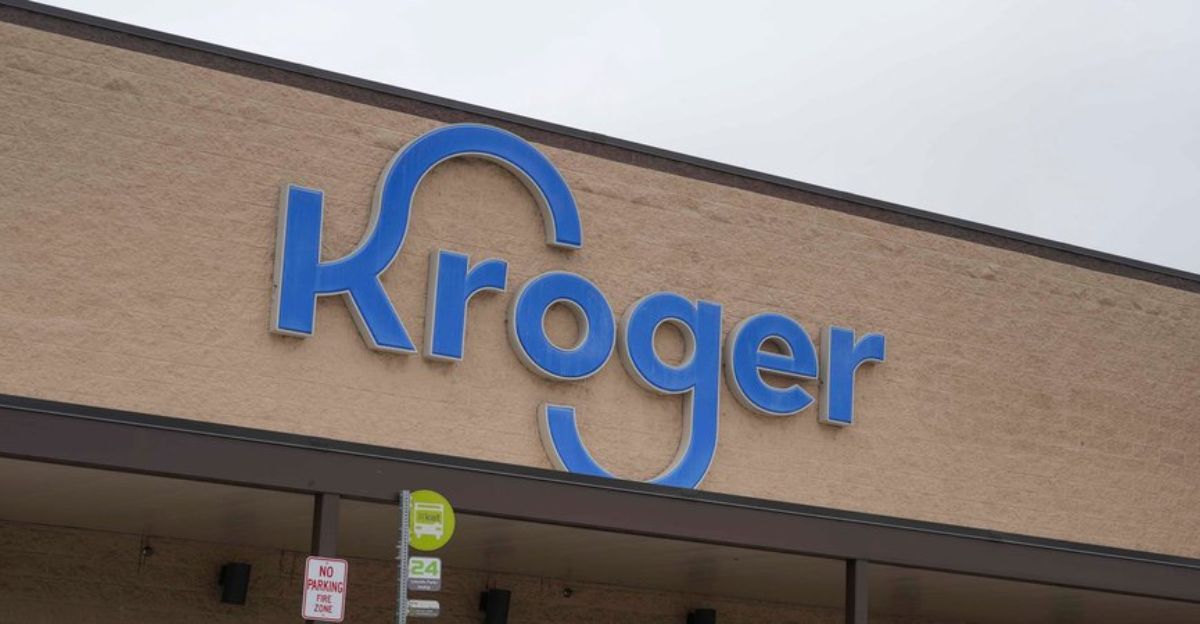
Behind every closure was a pattern: fewer workers, longer lines, and falling sales. Kroger seemed to be starving stores on purpose. Then, when the numbers looked bad, they used them as proof the store needed to go. This quiet retreat wasn’t about customer demand, it was about controlling the story. Performance metrics told a tidy tale, but the real reason may have been preplanned, deliberate downsizing dressed up as business logic.
Creating Food Deserts—By Design?
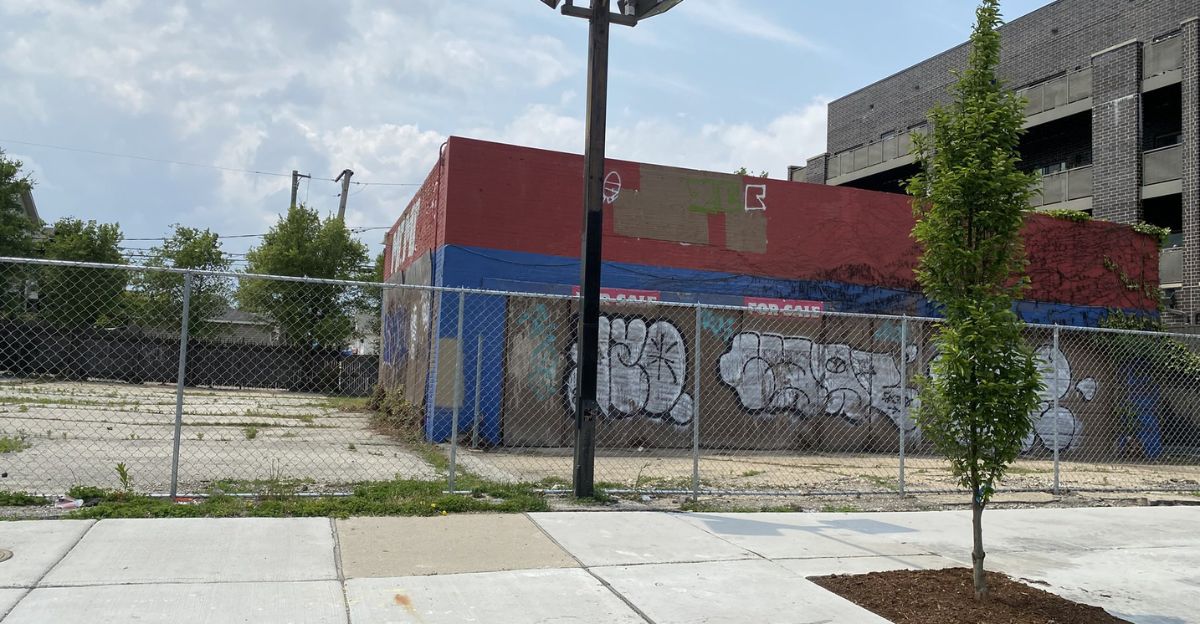
When Kroger left Dickinson, people didn’t stop needing groceries. They just drove further, sometimes over an hour. This wasn’t accidental. Kroger knew that closing a store could push people to nearby locations like League City or Texas City. By concentrating shoppers into fewer stores, Kroger cut costs and still made money. Communities lost jobs, tax revenue, and access. Kroger gained traffic in fewer places. It’s a strategy that turns distance into dollars.
Was H-E-B the Real Reason for Kroger’s Retreat?
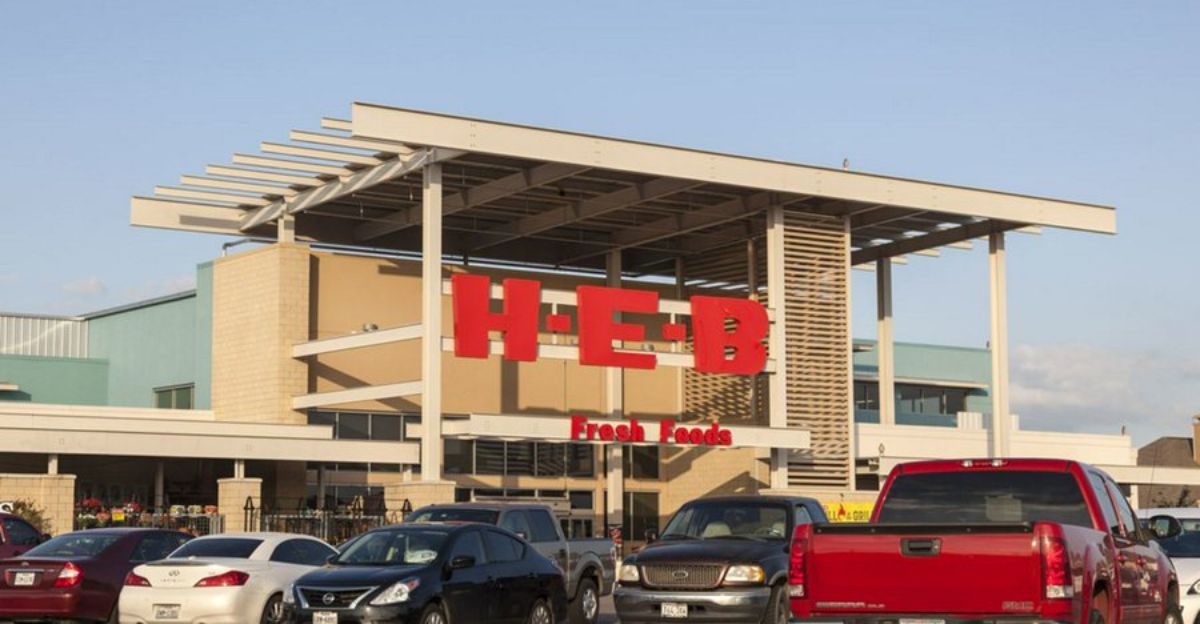
As H-E-B expands across North Texas, Kroger seems to be backing away. H-E-B now holds over 50% of San Antonio’s grocery market and 25.2% in metro Houston, more than Kroger’s 21.7%. When H-E-B announced new stores in places like Irving and Prosper, Kroger’s exits from The Woodlands and McKinney followed closely. Rather than fight a tough, expensive battle, Kroger chose to retreat and let H-E-B take the lead in key suburbs.
Did Kroger Close Stores to Avoid Labor Battles?
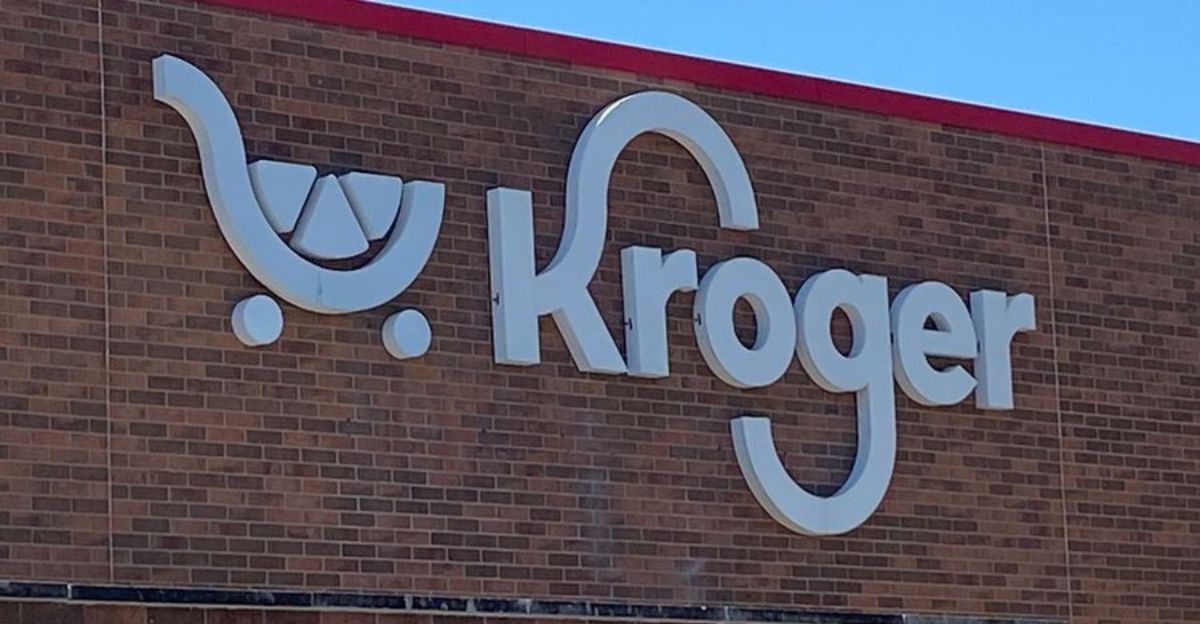
There’s another reason Texas was first: avoiding labor trouble. With workers in other states voting to strike, Kroger pulled out of Texas before it could become a hotbed for organizing. By shutting down stores in cities like McKinney and Dickinson early, the company took away targets for labor action. It looked like business strategy, but it also helped Kroger dodge union fights before they had a chance to build momentum.
Is Kroger Trying to Avoid the Fate of Sears?
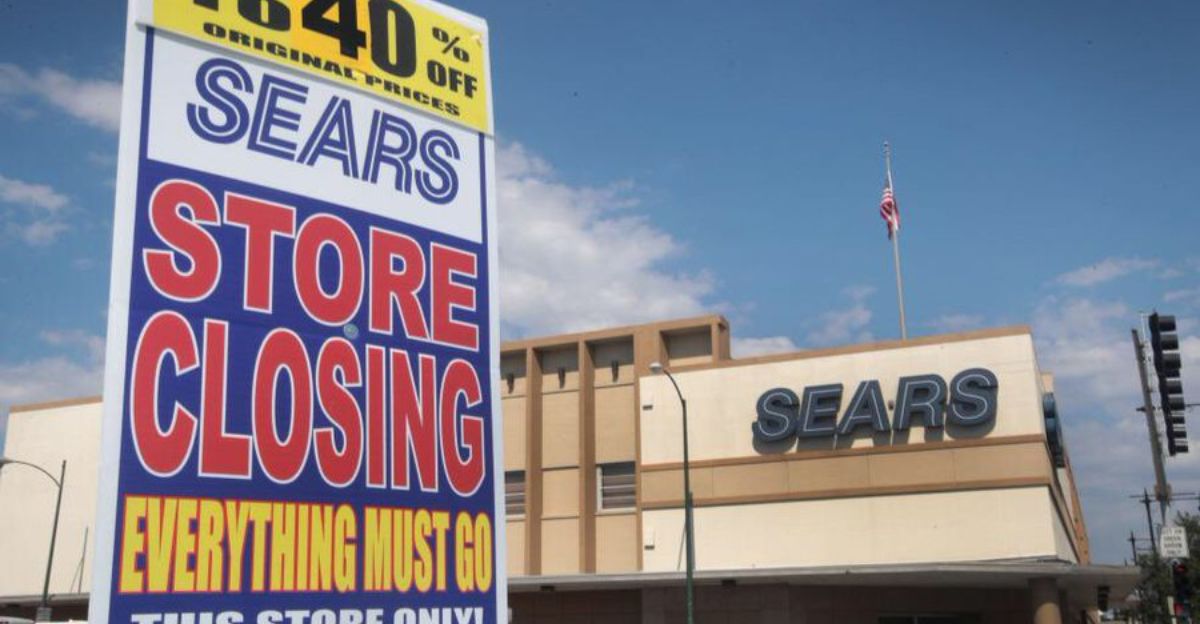
Kroger’s playbook isn’t unprecedented. Retail history is full of giants brought down by complacency. Think Sears. Toys “R” Us. Blockbuster. What sets Kroger apart is its decision to act before reaching a crisis point. Rather than wait until it’s forced to adapt, the company is making bold, proactive cuts. The question now is whether early action will truly prevent long-term decline, or just delay the inevitable.
What Kroger’s Closures Really Say About Retail’s Future
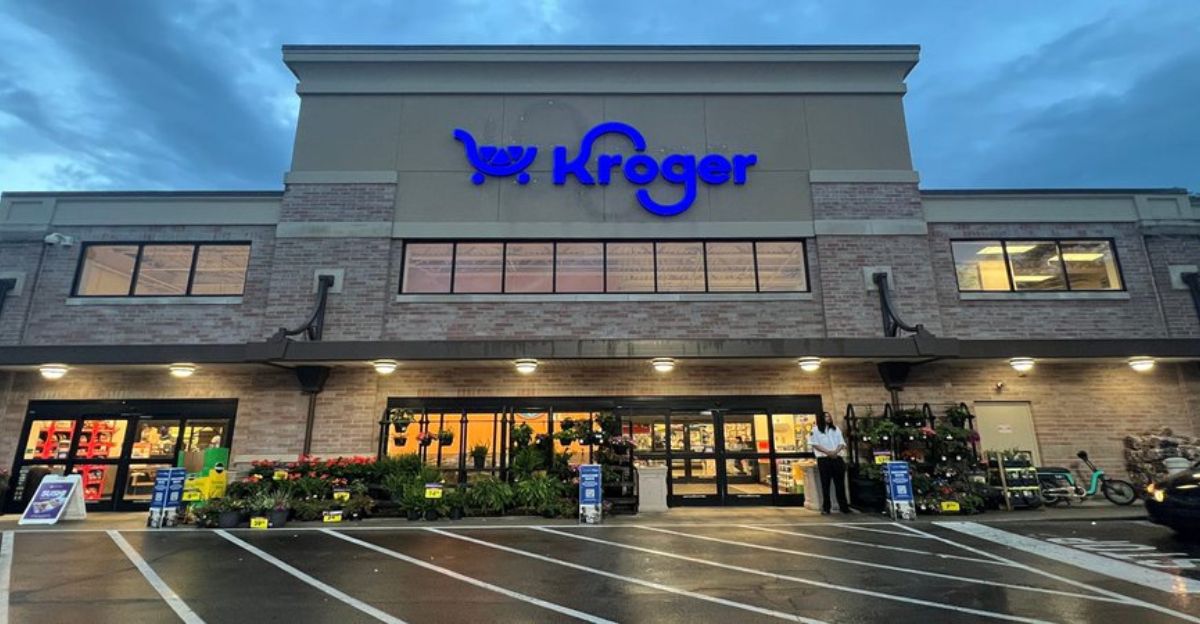
Kroger’s wave of store closures marks a turning point in American retail. The numbers may tell one story, but behind them are families, workers, and neighborhoods forever changed. As grocery chains chase efficiency and digital growth, the challenge will be preserving community connections along the way. The stakes go far beyond sales figures. What’s happening in Texas today could define how, and where, millions of Americans shop tomorrow.
